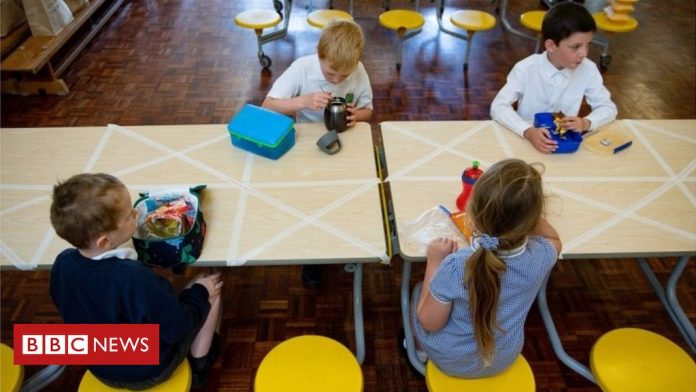The gradual reopening of schools, starting with primary schools, is unlikely to lead to a second wave of infection, according to new mathematical modelling of the COVID-19 outbreak from University of Warwick researchers, but we should be prepared to reintroduce lockdown measures should there be a significant rise in the number of new cases.
A team of infectious disease experts from the University of Warwick in the UK have investigated the impact of the re-opening of schools upon the spread of COVID-19 in England, and explored a range of school re-opening strategies.
The team use a detailed mathematical model that is calibrated against data on the age distribution of cases, as well as the changing numbers of those being hospitalized and dying as a result of the disease. The researchers are then able to forecast the impact of school re-opening upon the reproduction number, R, and the expected increase in the number of cases of COVID-19 as a result of this change in policy.
Professor Keeling said: “Our work indicates that the current policy of reception, year 1 and year 6 children returning to school is likely to result in a small increase in the reproduction number. In isolation this is unlikely to push R above 1 but there still remains uncertainty over the consequences of other recent changes that have relaxed the lockdown.”
Dr Dyson commented: “We predict that the return of secondary school children to the classroom will result in greater mixing between children than if only primary school children return. However it is important to note that any increase in mixing will likely lead to some increase in COVID-19 cases, even if the value of R remains below 1.”
The University of Warwick team investigated a range of school re-opening scenarios, including the current policy, as well as children returning in “half-sized classes” and all primary and secondary school children returning to full time education.
Dr Hill said: “Our model indicates that re-opening schools alone is unlikely to push R above 1; but other changes in the wider population can exacerbate these effects so any re-opening policy should be implemented gradually to mitigate risk.”
Co-author Dr Tildesley added: “We would advise that the impact of any relaxation policy, including school re-openings, should be carefully monitored to establish the effect on the reproduction number and, if necessary, there should be a consideration of reintroduction of measures should there be a significant rise in cases in the future.”







